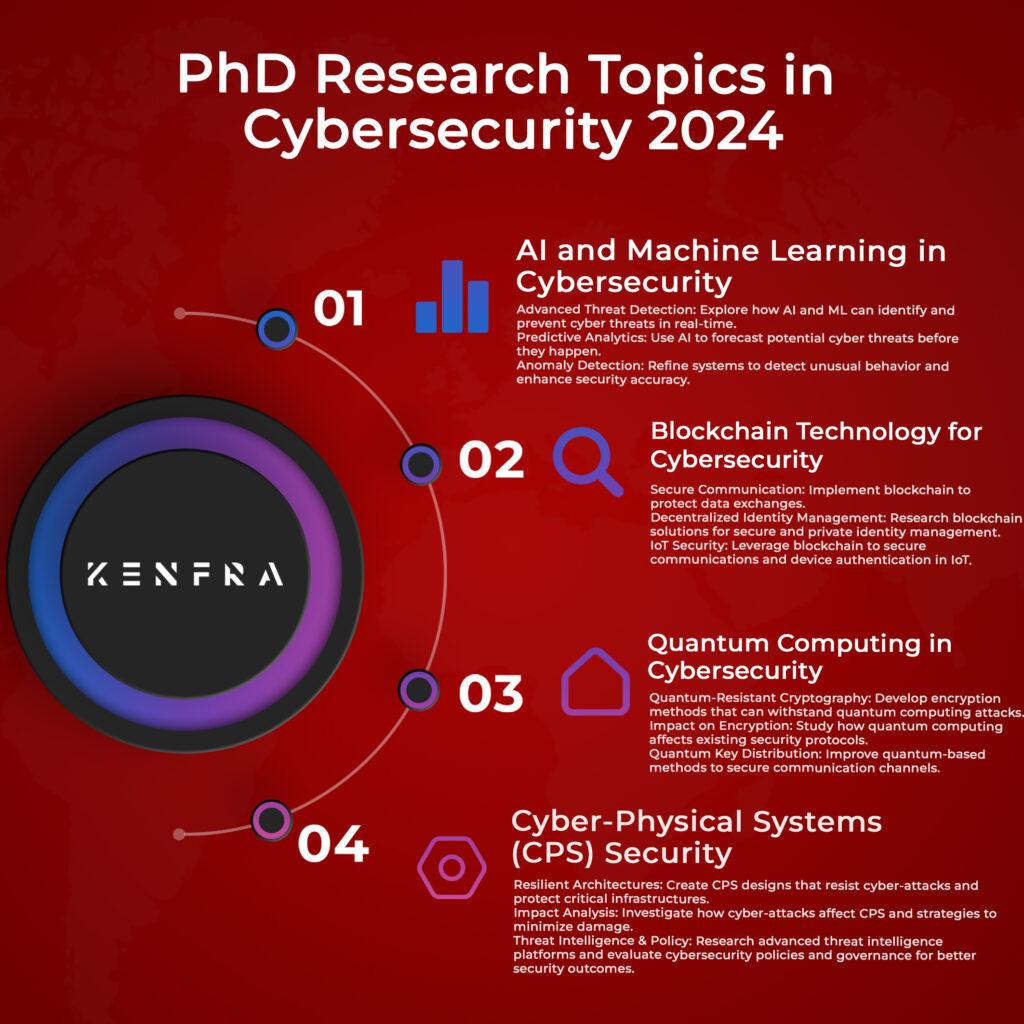How to Strengthen Cybersecurity in Educational Institutions: Essential Strategies for 2024
In today’s digital-first learning landscape, cybersecurity in educational institutions is more critical than ever. Schools and universities face mounting cyber threats ranging from ransomware attacks to phishing scams. As educational data becomes increasingly valuable — housing sensitive information such as student records, financial data, and research — robust cybersecurity strategies are essential to safeguarding educational institutions and ensuring a secure learning environment. This article explores the most effective cybersecurity strategies for educational institutions in 2024, offering practical tips, benefits, and actionable insights for IT teams, administrators, and educators.
Why Cybersecurity Matters for Educational Institutions
- Protection of Sensitive Data: Schools handle vast amounts of personal and academic data — making them a prime target for hackers.
- Preventing Financial Loss: Cyber attacks can result in substantial financial damage due to ransom payments, data recovery, or reputational harm.
- Ensuring Learning Continuity: Disruptions from malware or distributed denial-of-service (DDoS) attacks can halt online classes and impact educational delivery.
- Compliance and Legal Obligations: Educational institutions must comply with privacy regulations like FERPA, GDPR, and CCPA, making cybersecurity a non-negotiable priority.
Top Cybersecurity Challenges in Schools and Universities
- Unsecured Networks: Many institutions still use outdated or unsecured Wi-Fi networks,providing easy access points for cybercriminals.
- Lack of Cybersecurity Awareness: Staff, students, and faculty are often unaware of current cyber threats and social engineering tactics.
- BYOD (Bring your own device) Policies: Multiple devices on campus networks increase the attack surface and risk of breaches.
- Limited Budgets: Tight financial resources often restrict investment in advanced security solutions and IT staff training.
- legacy Systems: Older software and hardware are more vulnerable to known exploits and may not receive regular security updates.
Essential Cybersecurity Strategies for Educational Institutions in 2024
1. Implement Multi-Factor Authentication (MFA)
Multi-factor authentication (MFA) is one of the simplest yet most powerful defenses against unauthorized access. Require MFA for all staff, students, and administrators to access sensitive systems, such as learning management systems and school databases.
2.Enhance Cybersecurity Awareness Training
Conduct regular cybersecurity training for all faculty, staff, and students.Interactive sessions can cover topics such as:
- Identifying phishing emails and suspicious links
- Creating strong, unique passwords
- Protecting personal devices and information
- Reporting cyber incidents promptly
3. Regularly Update Systems and Patch Vulnerabilities
outdated software and hardware pose notable security risks. Schedule weekly or monthly audits to:
- Install the latest security patches
- Remove unsupported or obsolete applications
- Update firewalls and antivirus programs
4. Secure Networks with Robust Firewalls and Encryption
Deploy next-generation firewalls and ensure all traffic, especially over wireless networks, is encrypted.Segment networks to isolate student, staff, and administration systems, reducing opportunities for lateral movement in the event of an attack.
5. Establish a clear BYOD Policy
Define acceptable use policies for personal devices and require endpoint security measures such as:
- Up-to-date antivirus software
- Automatic device lock after inactivity
- Mandatory enrollment in Mobile Device Management (MDM) solutions
6. regular Backups and Disaster Recovery Planning
Create a comprehensive disaster recovery plan. Perform regular backups of critical data, stored securely both onsite and in the cloud, so that restoration is possible in case of a ransomware attack or other catastrophic incident.
7. Monitor and respond to Threats in real-Time
Invest in Security Information and event Management (SIEM) systems to monitor network activity 24/7. Employ automated alerts for unusual behaviors and establish a response team for immediate investigation of incidents.
8. Protect Cloud-based Learning platforms
As cloud adoption grows, it’s essential to secure educational cloud platforms.Utilize strong access controls, enable audit logs, and configure permissions to ensure only authorized individuals have access to sensitive materials.
9. Maintain Compliance with Data Protection Regulations
regularly review data handling practices to align with local and international laws (e.g., FERPA, GDPR). Establish data retention and deletion policies, and appoint a Data Protection Officer (DPO) if required.
Benefits of Strengthening Cybersecurity in Educational Institutions
- Protects Reputation: Prevents damaging news coverage and loss of confidence among students and parents.
- Ensures academic Integrity: Maintains the authenticity and integrity of academic records, tests, and research.
- Supports Remote Learning: Reliable cybersecurity infrastructure enables secure online classes and collaboration.
- Promotes Regulatory Compliance: Reduces the risk of costly lawsuits and fines.
Practical Tips for implementing Cybersecurity in Educational Settings
- Conduct an annual cybersecurity risk assessment to identify new vulnerabilities.
- Engage with local cyber task forces or MSSPs (Managed Security Service Providers) for expertise.
- Establish clear lines of communication between IT departments and educational staff for fast reporting.
- Regularly update the institution’s cybersecurity policies and share them with all stakeholders.
- Encourage a cybersecurity-first culture by recognizing and rewarding proactive cybersecurity behaviors.
Case Study: how a School District Stopped a Ransomware Attack
in early 2023, a mid-sized U.S. school district faced a ransomware attack attempt. Thanks to their proactive cybersecurity strategy — including updated firewalls,regular security training,and automated backups — they identified the intrusion early. The IT team swiftly isolated affected systems, restored data from cloud backups, and avoided paying the ransom. This swift action saved valuable instructional days and preserved the community’s trust.
conclusion: Secure Your institution for a Digital-First Future
Cybersecurity for educational institutions is no longer optional — it’s essential for safeguarding data, reputations, and the very future of learning. By implementing multi-layered strategies, fostering a culture of awareness, and investing in the latest security technologies, schools and universities can effectively defend against cyber threats in 2024 and beyond. Prioritize cybersecurity now to ensure a safe, secure, and interruption-free educational experience for your students and staff.

